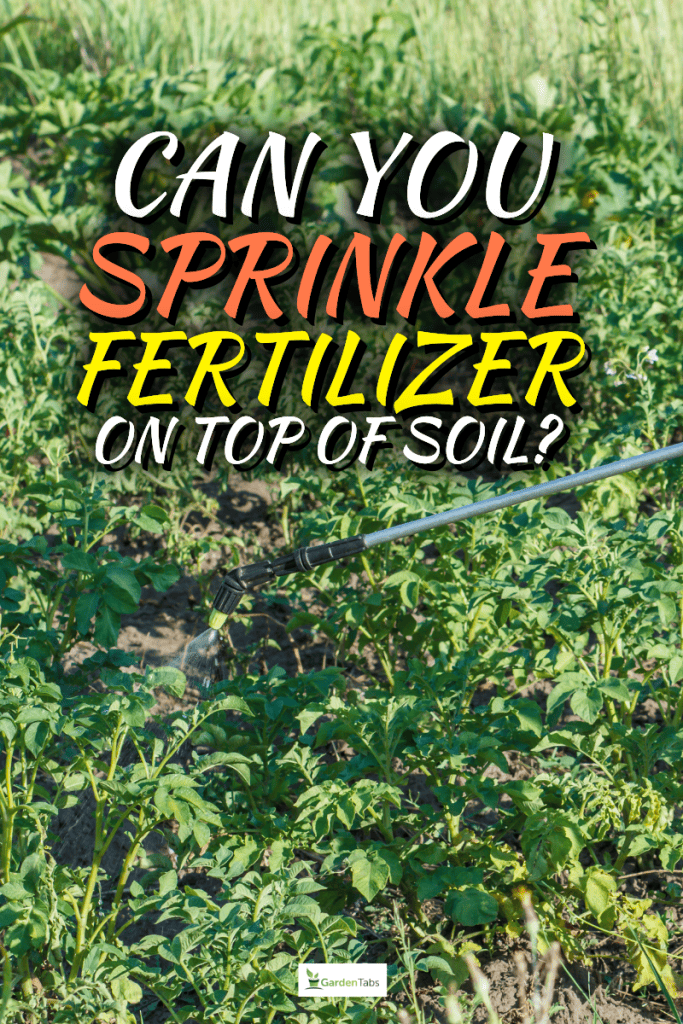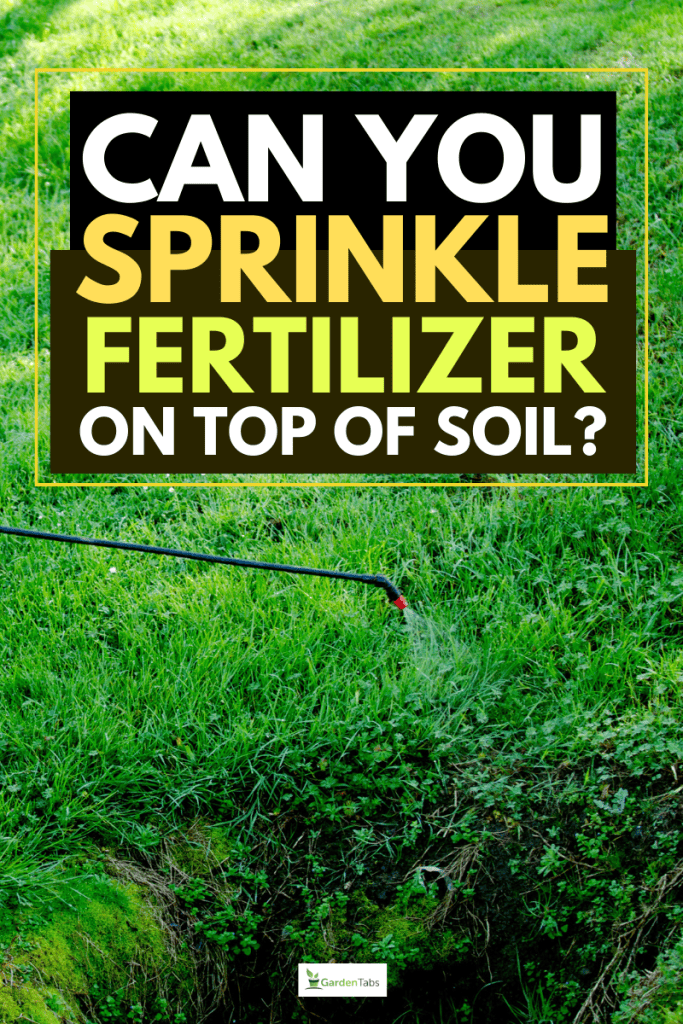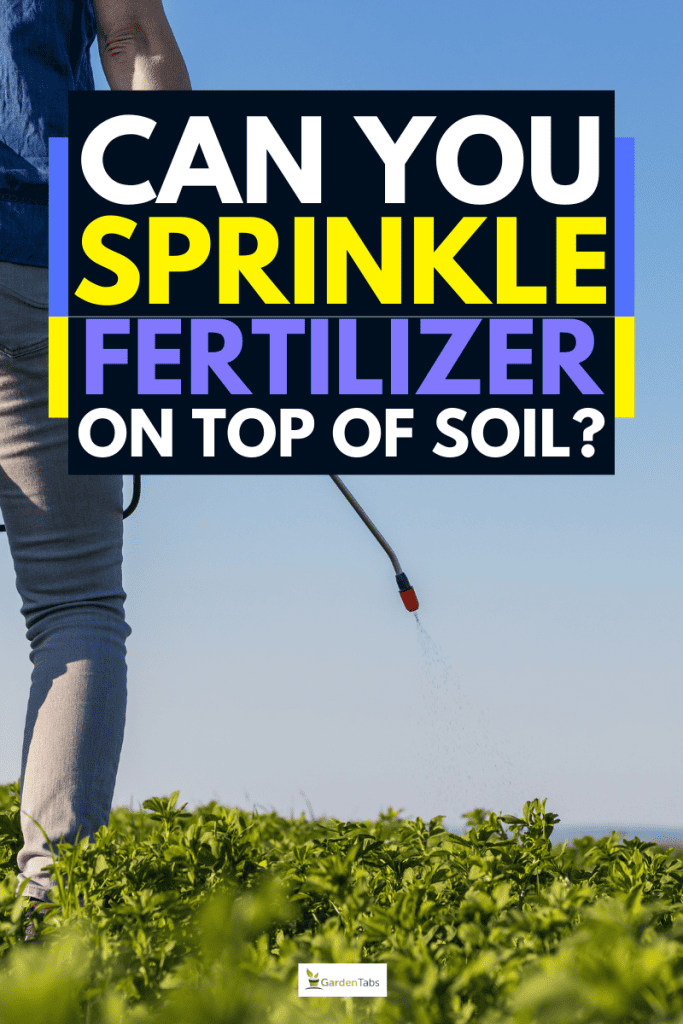Fertilizer applications generally enhance soil nutrition and improve plant growth and development.
However, there are recommendations to follow in terms of type, amount, and frequency relative to the plant you are cultivating. The following article aims to provide information regarding proper fertilizing methods and other related matters.
Fertilizers work best when mixed into the upper portion of the soil just before planting. However, if your plants or crops have started developing, you can sprinkle the right type of fertilizer in moderate amounts around the base and over the soil.
The main point of fertilizing is to enrich the soil by providing essential plant nutrients. The most important factor is the mineral content and concentration present in the treatment. Please read on and find out how to optimize the use of fertilizers to promote plant development and yield.
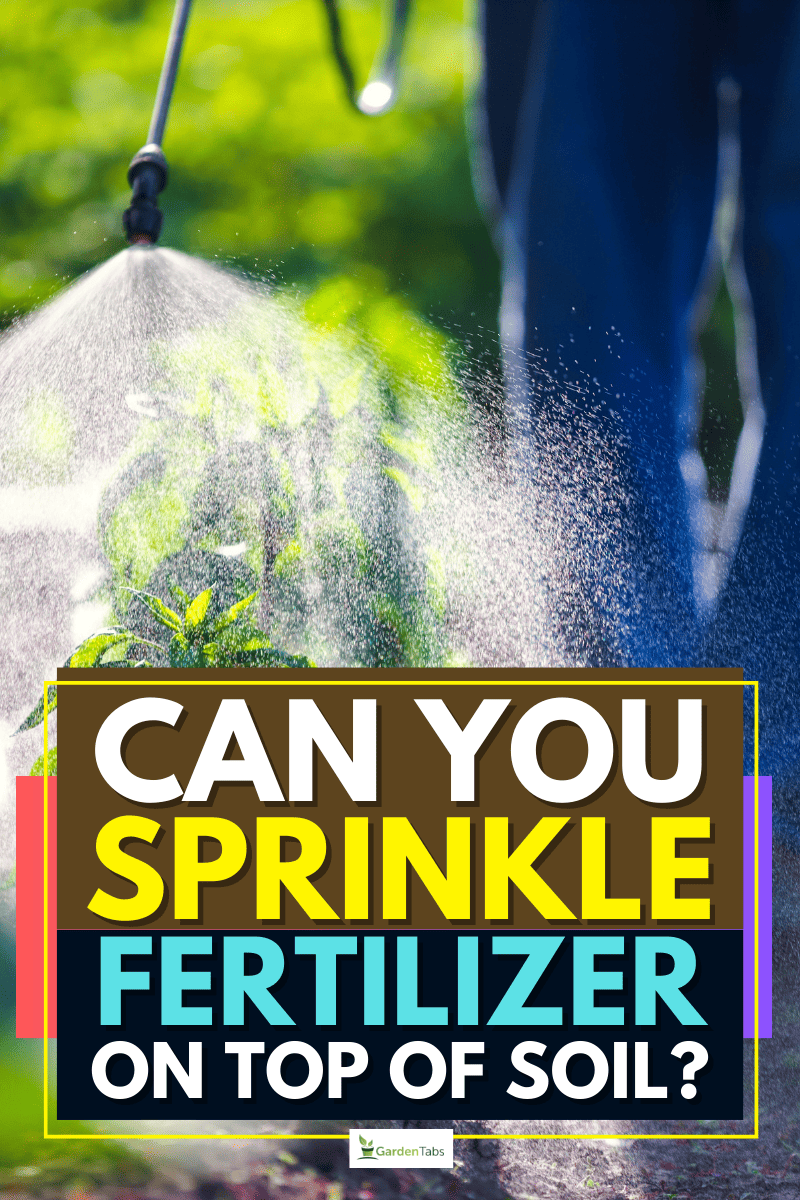
Soil Testing
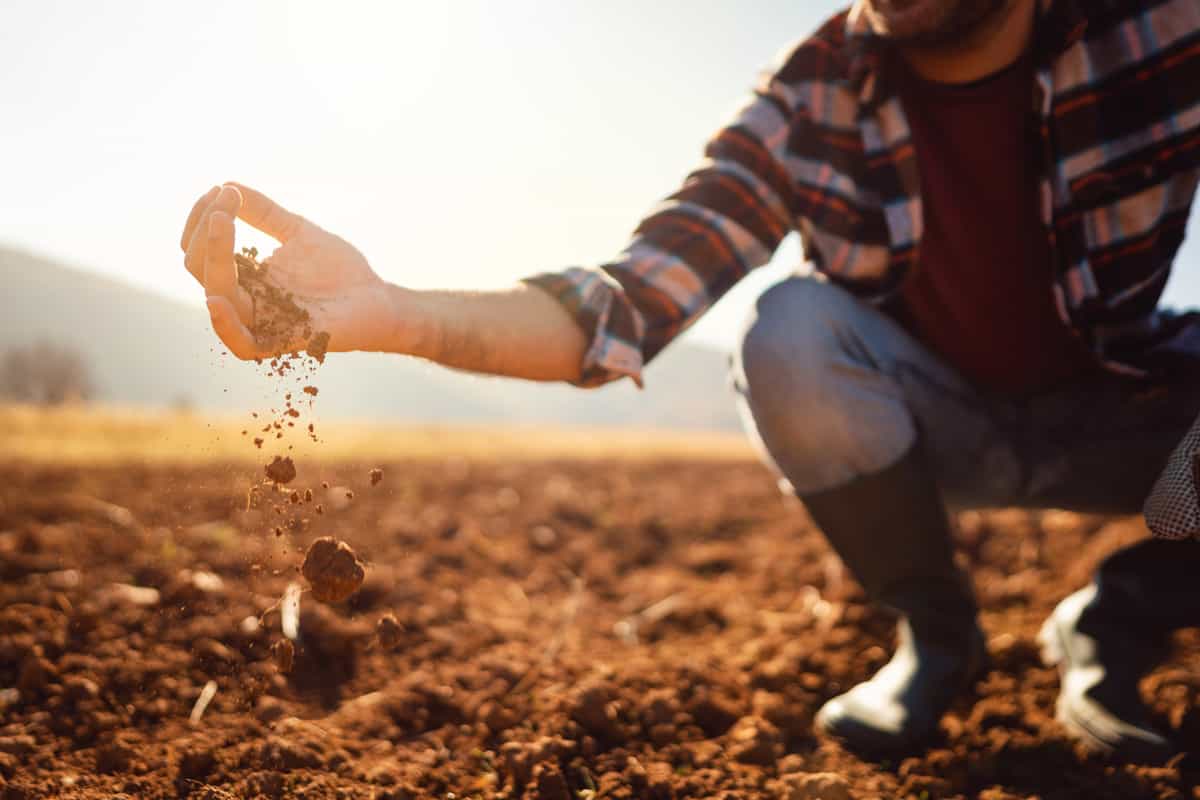
For small gardens, flowerbeds, and potted plants, fertilizer application would depend on the type of greenery you are cultivating. Usually, mulching or compost material is sufficient to provide adequate organic matter for plants to develop.
If you, however, intend to convert a relatively large piece of land into a vegetable garden or crop farm, it is best to have the soil tested first. It is an excellent way to assess the amount of available nutrients as well as the general soil condition of the land.
Simply collect random samples from different areas and take them to the nearest soil testing center. The results would reflect an analysis of the basic contents, composition, and soil type together with recommendations regarding which plants or crops to grow as well as organic and fertilizer applications if necessary.
In some cases, your garden's fertility level may already be adequate. If soil testing is unavailable in your locale, just follow the general principle of adding one pound of an all-purpose fertilizer evenly per 100 square feet of land.
Soil Tilth
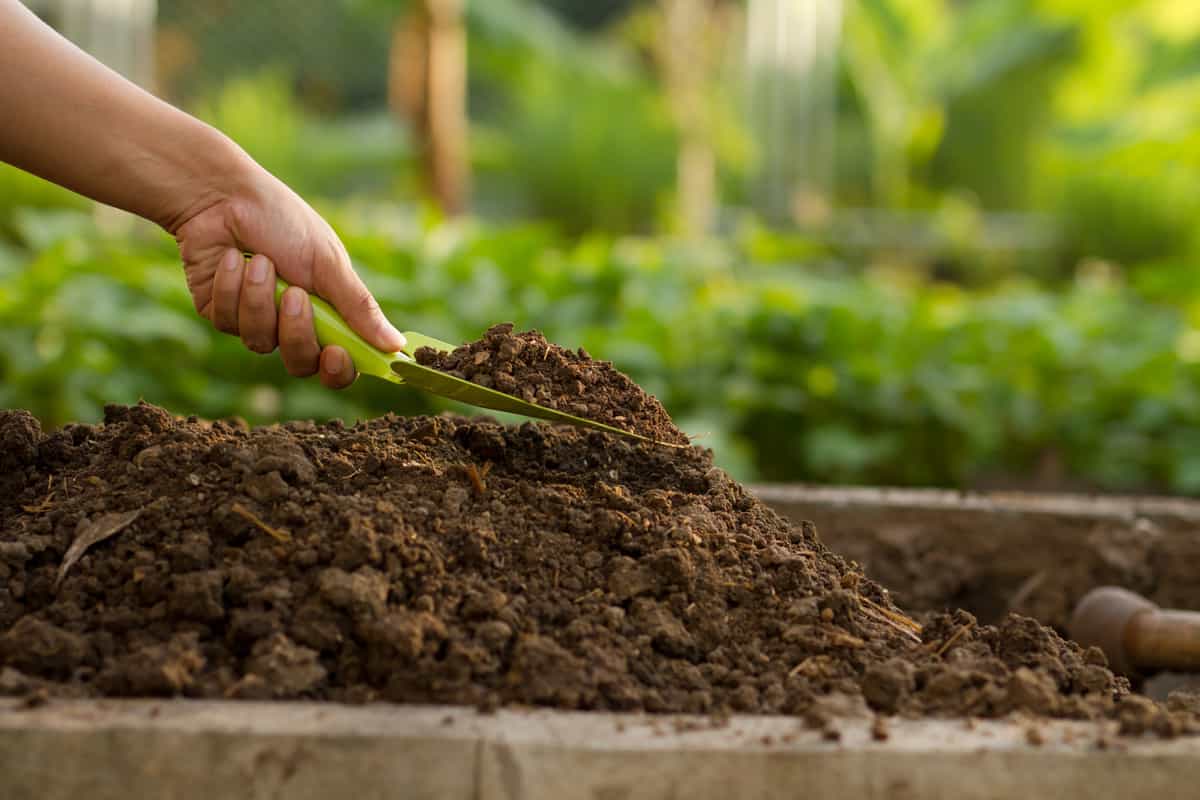
Before we tackle the main issue of fertilizers, it would be ideal to discuss ways to improve your land in order to optimize plant growth and production. Soil tilth simply refers to the physical condition of the ground and the nutrients that are present and available for plant consumption.
Loosen the soil by tilling to make it easy to manipulate and work with, promoting the proper water-holding capacity, drainage, and aeration. Compost and mulch would provide a good source of organic plant requirements, while fertilizers would supplement the soil with the necessary elements and minerals.
Purposes Of Fertilizers

Natural soil contains adequate amounts of moisture, organic material, and crucial elements necessary for plants to thrive. However, they may be depleted over time due mainly to crop rotation, environmental changes, and pollutants.
The main purpose of fertilizer use is to provide nutrients necessary for plant growth and development. The components of fertilizers promote root propagation, encourage foliage growth, improve plants' resistance and help in food absorption. Different plants or crops have varying demands of nutrients that are determined by the stage of their development.
Generally, nitrogen is required before plant maturity since it plays an important role in photosynthesis. Phosphorus and potassium encourage root development and plant resistance, while other minerals aid in food and water uptake.
Types Of Fertilizers
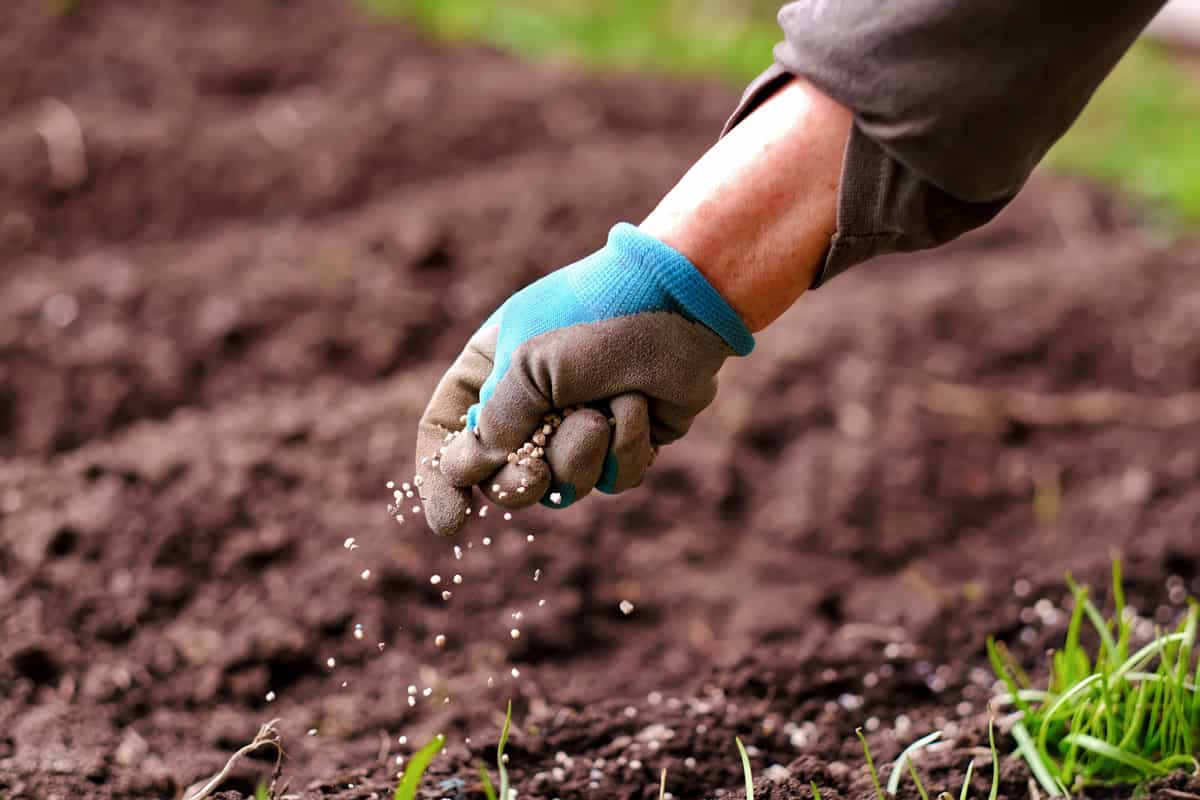
Fertilizers are categorized as organic or natural and processed or synthetic. Chemically, they contain identical components but vary in concentration and absorption rates.
Organic fertilizers are derived from plants, animal dung, and other natural materials that release nutrients slowly into the soil. As microorganisms in the ground break down organic matter, certain minerals are released as a by-product of the decaying process. Soil fertility is augmented, and plant growth is enhanced.
Processed applications are manufactured from natural ingredients but come in more potent or concentrated forms. Most synthetic fertilizers are water soluble and dissolve easily once introduced into the soil.
Young, developing roots tend to be burned and die back when exposed to processed fertilizers. To prevent overwhelming the plant, use coated, time-release additives that gradually incorporate nutrients into the ground.
Forms Of Applications
In terms of application, the general effect of fertilizers comes into consideration, whether long-term sustenance or immediate results are needed and appropriate for your plants of choice.
Top Application
Top-application is done by spreading granulated forms of fertilizer around the base of a plant and its surrounding soil. Use the proper types and amount of fertilizers for your plants if applied atop the soil. It is best to apply slow-release additives to avoid overwhelming the growth and burning the roots.
Broadcast Application
Broadcast application is a method that covers large areas using granular fertilizers on lawns and gardens before cultivation. The treatment is introduced to the soil and tilled before the seedlings are planted. The main purpose is to incorporate the elements evenly into the soil to optimize their effects.
Base Application
Base applications utilize fast-acting, water-soluble fertilizers that need to be administered more frequently. The ingredients dissolve and are absorbed by plants every time they are watered. Less concentrated forms of fertilizers are recommended since they penetrate the roots rapidly.
Foliar Application
Foliar application is an approach that incorporates the fertilizer into a water solution and is sprayed on the leaves and foliage instead of the soil. It is effective when plants need to absorb minerals more quickly to promote flowering and fruit yield. It is not intended to replace soil fertilizers but acts as a supplement to improve plant health.
Most chemicals, when applied directly to the topsoil, around the base, or on the foliage, need to be diluted to avoid fertilizer burn.
Choose the right formula for the appropriate plant species and always consider that over-fertilizing does more harm, especially to the root system.
Can You Sprinkle Fertilizer On Top Of Mulch?
Mulch, composed of seed hulls, grass clippings, and leaves, decomposes rapidly and can be treated with fertilizers. The additive penetrates the material and is made readily absorbable for plant consumption. But since mulch and fertilizers basically create the same effect, it is not really necessary to apply both methods to plants at the same time.
Mulching releases organic elements that naturally enrich the soil and improve its fertility. Once the layer has decomposed completely, fertilizers may be used to supply nutrients and replenish the soil.
Nitrogen, Phosphorus, And Potassium

Fertilizers basically contain all the necessary elements that aid in plant growth and development. Nitrogen (N), phosphorus (P), and potassium (K) are the three most vital nutrients that plants need and are the key components present in fertilizers.
Nitrogen is responsible for leaf development because of its crucial role in photosynthesis. It helps chlorophyll transform carbon dioxide and water into oxygen and food. Chlorophyll is found on the leaves and absorbs sunlight - solar energy needed to convert the said elements.
Phosphorus is part of a plant’s deoxyribonucleic acid (DNA), ribonucleic acid (RNA), respiration and energy transfer, and sugar phosphates. All of these are integral in the development of plant cells and tissues, including roots, shoots, and stems. Without a decent amount of this element, maturity is restricted.
Potassium along with other micronutrients, can help increase a plant’s ability to resist diseases and infections. It has been shown that K deficiency explicitly causes smaller and weaker stalks, roots, stems, and thinner cell walls, all of which contribute to symptoms of unhealthy plants.
Other Elements
Boron, zinc, magnesium, iron, and manganese are all considered micronutrients essential in plant growth and development. The roles of these elements are interrelated and are somewhat complex to identify individually. Generally, they are integral components in the enzyme structures of plants.
Enzymes are protein molecules present in all living organisms - plants and animals. These molecules have relevant roles in every chemical reaction that transpires.
For instance, iron has a primary function in chlorophyll production. This makes photosynthesis possible along with the development of enzyme compositions.
Manganese influences chloroplast production, which is also vital in the food-making process of plants. It considerably activates enzymes and affects maturity and germination.
Boron and zinc affect the fruit and seed development of plants. The deficiency of both includes stunted growth, leaf discoloration, and deformation.
What Will Happen If You Apply Fertilizer Incorrectly?

Incorrect application or overfertilization can result in fertilizer burn, nitrogen toxicity, poor growth, wilting, and, if not remedied immediately, dying. The signs include the appearance of scorched leaves, yellowish foliage, curled or clawed leaves, slow development, and spotting of leaves.
In Closing
Fertilizers show great relevance for plant development. Proper application is necessary to optimize the effect. We hope this article proved to be insightful in guiding you regarding the amount, type, and frequency of fertilization methods.

